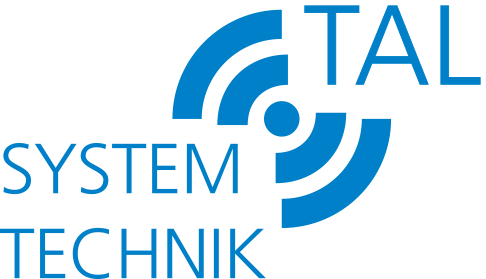Corporate Ethics: Navigating Ethical Dilemmas in Business
In today’s business landscape, the pursuit of profits often poses significant ethical dilemmas for corporations. Balancing the interests of stakeholders with the need to make ethical decisions can be a challenging task. However, it is crucial for companies to prioritize corporate ethics and navigate these ethical dilemmas with integrity. In this blog post, we explore the importance of corporate ethics and provide insights into effectively navigating ethical challenges in the business world.
First and foremost, it is essential to understand what corporate ethics entail. Corporate ethics refer to the principles and values that guide a company’s behavior and decision-making processes. These principles revolve around fairness, responsibility, honesty, and transparency. A strong code of ethics helps establish trust with stakeholders, including customers, employees, and investors.
One common ethical dilemma faced by businesses is the conflict between maximizing profits and acting morally. While the primary goal of any business is to generate profits, it should not come at the expense of compromising ethical standards. Companies must prioritize ethical conduct to maintain a positive reputation and ensure long-term success. This requires making decisions that consider the impact on both internal and external stakeholders.
One way to navigate ethical dilemmas is by establishing a comprehensive code of ethics and a strong corporate culture centered around ethical values. By clearly defining the company’s ethical expectations, employees are more likely to make morally sound decisions. The code of ethics should outline the company’s commitment to integrity, respect, accountability, and social responsibility. It should also provide guidance on handling potential ethical conflicts.
Moreover, fostering an ethical culture within the organization is crucial. This can be achieved through leadership by example, training programs, and regular communication of ethical expectations. When employees understand and embrace the company’s ethical values, they are more likely to act in accordance with them.
Ethical decision-making can also be enhanced by considering the potential consequences of actions. Before making a decision, it is essential to evaluate the impact on various stakeholders, such as employees, customers, the environment, and the community. This requires looking beyond short-term benefits and considering the long-term implications. By taking a broader perspective, companies can make informed decisions that align with their ethical principles.
However, ethical dilemmas are not always black and white, and there may not be a clear-cut solution. In such cases, it is essential to seek guidance from ethics committees or external experts to ensure a fair and objective assessment. This promotes transparency and demonstrates the company’s commitment to ethical conduct.
Ethical challenges can arise in various areas, such as product safety, human resources, environmental sustainability, and financial reporting. For instance, a company may face the dilemma of whether to prioritize profits or recall a faulty product that poses a risk to customers. In situations like these, companies must prioritize the safety and well-being of their customers by taking responsible actions, even if it means incurring financial losses.
Similarly, in terms of human resources, companies must ensure fair treatment of employees, non-discrimination, and respect for their rights. This includes providing equal opportunities for career advancement, fostering a safe and inclusive work environment, and complying with labor laws. By prioritizing the well-being of employees, companies can enhance their reputation and attract top talent.
Environmental sustainability is another area where companies often face ethical challenges. With the growing concern for climate change and environmental degradation, businesses must adopt sustainable practices and reduce their carbon footprint. By embracing renewable energy sources, implementing waste reduction measures, and supporting conservation efforts, companies can demonstrate their commitment to responsible business practices.
Lastly, financial reporting ethics play a critical role in ensuring transparency and accountability. Companies must accurately and honestly report their financial information, adhering to accounting principles and regulations. This includes avoiding fraudulent activities, providing timely and accurate financial statements, and preventing conflicts of interest. Honesty and transparency in financial reporting build trust with investors and protect the interests of all stakeholders.
In conclusion, navigating ethical dilemmas in business is a complex yet essential task. Corporate ethics play a significant role in establishing trust, maintaining a positive reputation, and ensuring sustainable success. To navigate these dilemmas effectively, companies must establish a comprehensive code of ethics, foster an ethical culture, evaluate the consequences of actions, seek guidance when needed, and prioritize the well-being of stakeholders. By upholding ethical standards, businesses can contribute to a more responsible and morally sound business environment.











